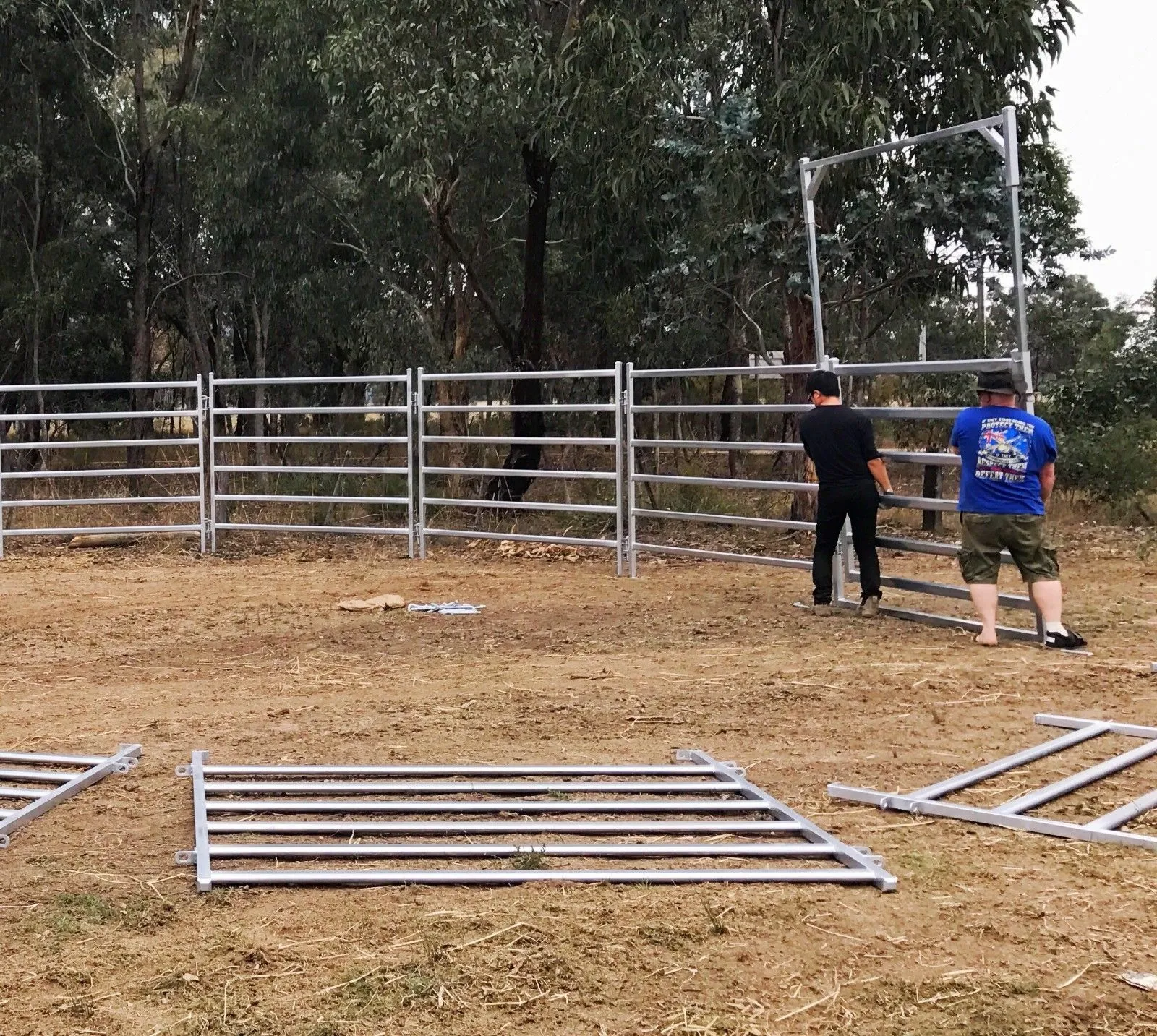
- Afrikaans
- Albanian
- Arabic
- Armenian
- Azerbaijani
- Basque
- Belarusian
- Bengali
- Bosnian
- Bulgarian
- Croatian
- Czech
- Danish
- Dutch
- English
- Esperanto
- Estonian
- Finnish
- French
- Galician
- Georgian
- German
- Greek
- hawaiian
- Hindi
- Hungarian
- Indonesian
- irish
- Italian
- Lao
- Latvian
- Lithuanian
- Luxembourgish
- Macedonian
- Maltese
- Myanmar
- Norwegian
- Polish
- Portuguese
- Romanian
- Russian
- Serbian
- Slovak
- Somali
- Spanish
- Swedish
- Thai
- Turkish
- Turkmen
- Vietnamese
Δεκ . 05, 2024 16:45 Back to list
Creating a Sustainable Gabion Vegetable Garden for Eco-Friendly Gardening Solutions
Designing a Gabion Vegetable Garden A Sustainable Approach to Gardening
In recent years, sustainable gardening practices have gained immense popularity as more individuals seek to connect with nature, grow their own food, and enhance their outdoor aesthetics. One innovative and environmentally friendly method that combines functionality with creativity is the use of gabions to create a vegetable garden. This article explores the benefits of gabion vegetable gardens, how to construct one, and tips for successful gardening.
What Are Gabions?
Gabions are large wire mesh cages filled with stones, rocks, or other materials. Originally utilized in civil engineering for erosion control and construction, they have found their way into landscaping and gardening. Sustainable gardening enthusiasts appreciate gabions for their durability, versatility, and aesthetic appeal. They can be used to create raised beds, borders, and decorative features within the garden layout, all while providing excellent drainage.
Benefits of a Gabion Vegetable Garden
1. Durability and Longevity Gabions are built to last. The steel mesh protects the contents from the elements, ensuring that your vegetable garden stands the test of time.
2. Enhanced Drainage Proper drainage is crucial for plant health. Gabions allow excess water to escape, preventing root rot and other moisture-related issues.
4. Aesthetic Appeal Gabions can add a rustic, organic feel to your garden. You can choose stones or rocks that complement your existing landscape, creating a harmonious outdoor space.
5. Environmental Sustainability Using natural stones and recycled materials fulfills the principles of sustainable gardening. Gabions can be filled with locally sourced or reclaimed materials, reducing the carbon footprint associated with gardening.
gabion vegetable garden

Designing Your Gabion Vegetable Garden
When planning your gabion vegetable garden, consider the following steps
1. Site Selection Choose a location with adequate sunlight (at least six hours a day) and access to water. Ensure the area has good drainage to avoid water logging.
2. Design Your Layout Plan the size and shape of your garden. Gabion raised beds can be rectangular, square, or even circular. Sketch a layout that includes pathways for easy access to your plants.
3. Gather Materials Purchase or gather materials for your gabions. You will need wire mesh or fencing, stones, and optional vegetation for filler (like plants or soil). Be mindful of the weight of the stones and ensure that your base is stable.
4. Construct the Gabions Assemble the wire mesh into desired shapes and fill them with stones. Make sure the gabion cages are securely tied and shaped to withstand the weight of the stones.
5. Plant Your Vegetables Once the gabions are in place, fill the beds with nutrient-rich soil and plant your choice of vegetables. Companion planting can be beneficial, so research which plants grow well together.
Maintenance Tips
Maintaining a gabion vegetable garden is relatively easy. Regularly check for any dislodged stones or damaged mesh. Ensure that your vegetables receive adequate water and nutrients, and implement natural pest control measures to protect your plants without harming the environment.
In conclusion, transforming your backyard into a gabion vegetable garden can be a rewarding and eco-friendly project that provides fresh produce while enhancing the beauty of your outdoor space. With careful planning and mindful maintenance, you can enjoy the fruits of your labor and contribute positively to the environment. Embrace this sustainable gardening technique and revel in the satisfaction of growing your own food while making a statement through innovative design.
-
Versatile Sheep and Livestock Hurdles for Sale
NewsApr.14,2025
-
The Rise of BRC Fencing
NewsApr.14,2025
-
High-Quality Cattle and Horse Panels for Sale
NewsApr.14,2025
-
Durable Cattle Fencing Solutions
NewsApr.14,2025
-
Double Wire Fencing Solutions
NewsApr.14,2025
-
360 Degree Protection with 358 Anti-Climb Fences
NewsApr.14,2025









